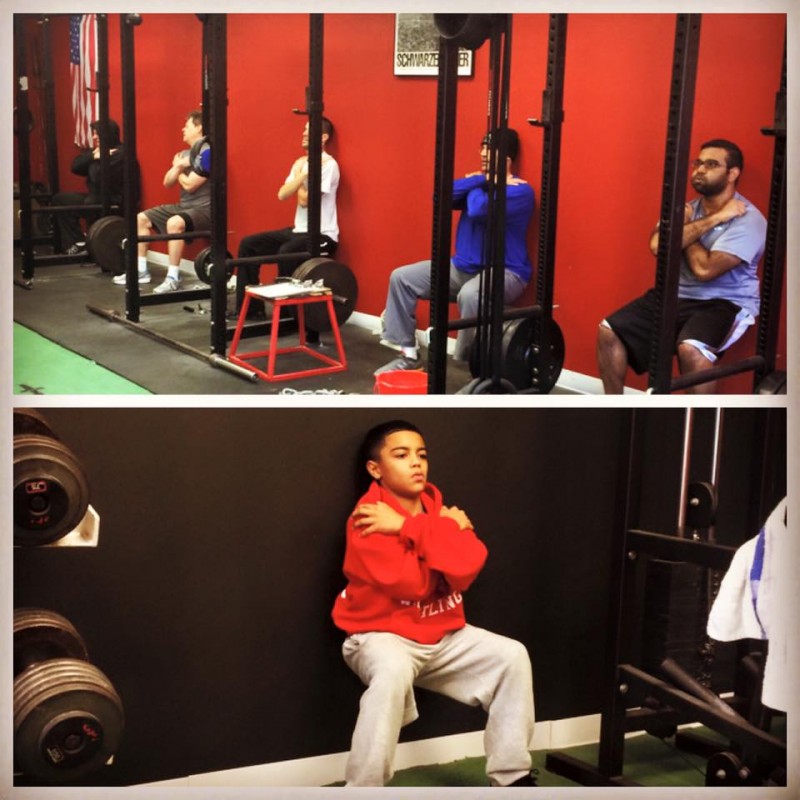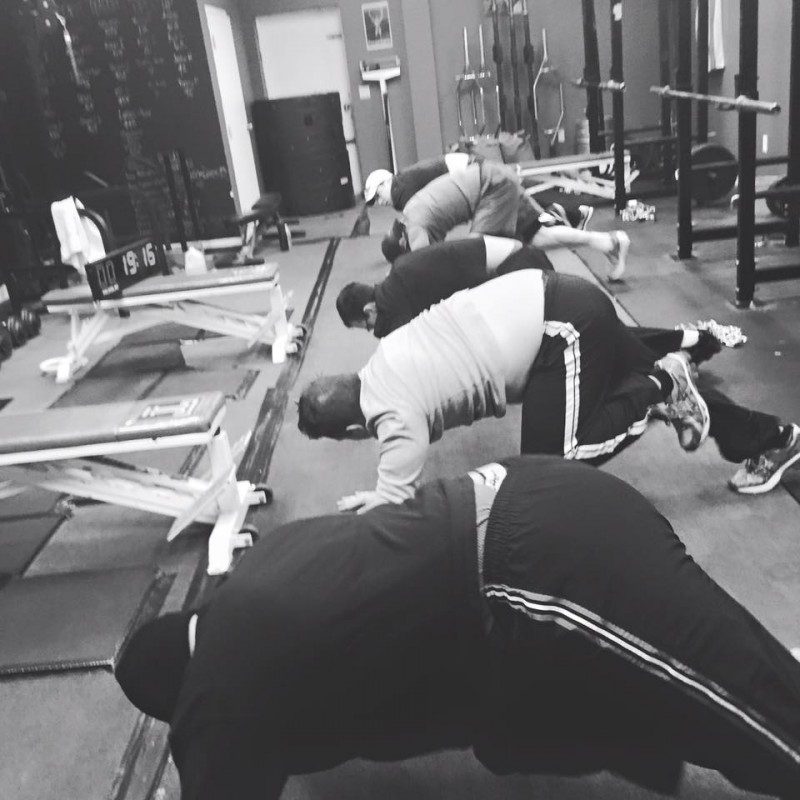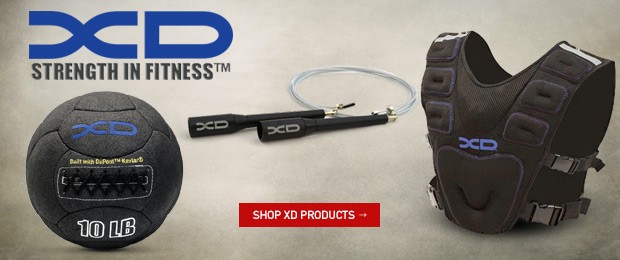
Most high school strength coaches that I’ve encountered are very hung up on the bench, squat, deadlift and clean. And rightfully so.
All have tremendous benefit if coached properly. However, the assistance work that’s prescribed is basically non-existent. And to be honest, I’m not completely sure why.
It could be lack of knowledge, or it could be due to the high volume of athletes, but either way there needs to be a change.
I’ve spoken about the importance of training the upper back in previous posts since that is something that’s commonly neglected. Hopefully, that post opened up some eyes on that topic.
But another vital component that is commonly neglected is something that builds stability, mobility, strength, muscle, body control, and even power.
That component is bodyweight training.
In my opinion, bodyweight training should be a staple in everyone’s program, but especially in younger athletes. Most kids are tossed onto a bench press their freshman year before they are ever taught how to perform a proper push-up.
RELATED: Common Mistakes to Avoid in High School and College Weight Rooms
Bodyweight exercises should be coached just as thoroughly as the big compound lifts. Proper execution is crucial so be sure not to take that lightly.
With that said, I’d like to run down the list and explain how important bodyweight training really is. 
Stability
When you perform exercises like push-up variations properly, you will develop a great amount of stability within your core and joints. We all know how important it is to learn how to stabilize your core while the extremities are moving, since that is the main function of the core.
Bodyweight exercises are a great way to learn how to maintain a neutral spine by keeping the core braced and taking their body through some type of movement pattern. At an early training age this should be one of our top priorities as strength coaches.
Something I love to incorporate are different plank variations like side planks, advanced side planks, dynamic and traditional planks.
As your athletes become more advanced, you can progress them to using things like gymnast rings to continue to improve stability within the core and joints. You can perform exercises like push-ups, dips and inverted rows which become much more challenging when you’re suspended on a pair of rings.
Strength and Muscle
When your athlete starts developing more stability they will start developing more relative strength as well. To see a major difference here they may have to lose some body fat. If that’s the case make sure you guide them towards healthy eating habits and stress the importance of a well-balanced diet. But regardless, they will start getting stronger.
One of the best tests for relative strength is the chin-up. A common mistake here is not getting full extension. Teach your athletes how to fully extend with control during the eccentric phase and to pull the shoulder blades down on the concentric phase. If they are too weak for a proper chin-up or pull-up at first don’t force them to do it with shit technique. Have them focus solely on the eccentric phase or use a band to assist them. Once they start getting better at chin-ups you know their relative strength is headed in the right direction.
Parallel dips are also incredible for building muscle and strength. Keep in mind that these exercises don’t have to always be done with just bodyweight. Have your guys or girls strap on a weighted vest or hang a belt with a chain around their waist to add some extra weight. Obviously you don’t necessarily need to add weight until your athlete can perform at least 10 dips or chin-ups.
The improved relative strength along with better stability will also help improve their absolute strength as well. Since they will be developing the stabilizers within the joints as well as the musculature surrounding them.
Mobility
Along with packing on a few pounds of muscle and gaining some strength and stability bodyweight exercises can also help aid in improving mobility. For example, an exercise like a Bulgarian split squat can help lengthen the quadriceps and hip flexors which will help improve mobility of the hips. Exercises like Hindu push-ups are great for developing shoulder strength and mobility.
Each exercise has its own way of benefiting certain joints. The important thing is that you are aware of this as a coach and how important it is to incorporate bodyweight movements in your training.
Power
Plyometrics are a great way for an athlete to develop power and athleticism.
For instance, box jumps and vertical jumps are awesome for developing power, but incorporating these jumps will also teach your athletes how to land properly and absorb force. Which will carry over to their playing field.
WATCH: Wendler's UGSS Presentation — Training Standards and Injury Management for Kids
I also like incorporating stuff like depth jumps, plyo push-ups and jump squats for power development. These are especially beneficial for coaches that work with younger athletes or a high volume of inexperienced lifters. From my experience, I’ve found that trying to incorporate Olympic lifting for power development in a high school weight room is inefficient.
The second you turn your back guys will be adding more weight to the bar and their form goes to complete shit.
Jumping, on the other hand, is much safer and is much easier to coach to less experienced athletes.
It’s a no-brainer in my opinion and just another benefit of bodyweight training.
Conditioning
Bodyweight training is also great when used for conditioning. You can do this in a variety of ways.
One way is by taking several exercises and performing them in circuit fashion, having a short rest and then repeating the circuit 5-10 times.
For example:
1a) Push-ups 5 x 30 sec
1b) Hindu squats 5 x 30 sec
1c) Bear crawl 5 x 30 sec
1d) Sit-ups 5 x 30 sec
1e) Burpees 5 x 30 sec
Rest 60 seconds and repeat for five rounds.
Depending on your athlete’s level of conditioning you can add or subtract exercises, or choose exercises that are more or less challenging.
Another way to do it would be adding a finisher after their strength training.
You can try something like this:
1) Finisher: Double unders 5 x AMAP in 60 sec and rest 60 sec
Using finishers like this one are a great way to kill two birds with one stone if you don’t get to work with your athletes as often as you’d like to over the course of a training week.
Body control
Learning to control your own body well is what develops athleticism. Combined with strength, stability, conditioning and mobility, I’d say that bodyweight training certainly gives you a good bang for your buck.
This is especially important for wrestlers, martial artists, and gymnasts but having good body control will transfer to any sport.
The learned body control is due to enhanced proprioception. Proprioception is your body’s ability to sense where your limbs are without having to look.
When you are using your limbs to control your body through space, you are essentially heightening your body’s sense of proprioception. Which is a huge element to athleticism.
I hope all of this is enough to convince you to start adding bodyweight training to your program. Please don’t take this as me telling you not to have your athlete’s weight train. I am not saying that at all.
I’m simply stating how important these movements are to enhance the capabilities of your athletes. You can use it as assistance work, or sometimes even your main exercise of the day.
The important thing is that you coach your kids up on how to move their bodies efficiently. The rest will come organically.
If you have any questions, please feel free to contact me at info@tutelatraining.com.














1 Comment